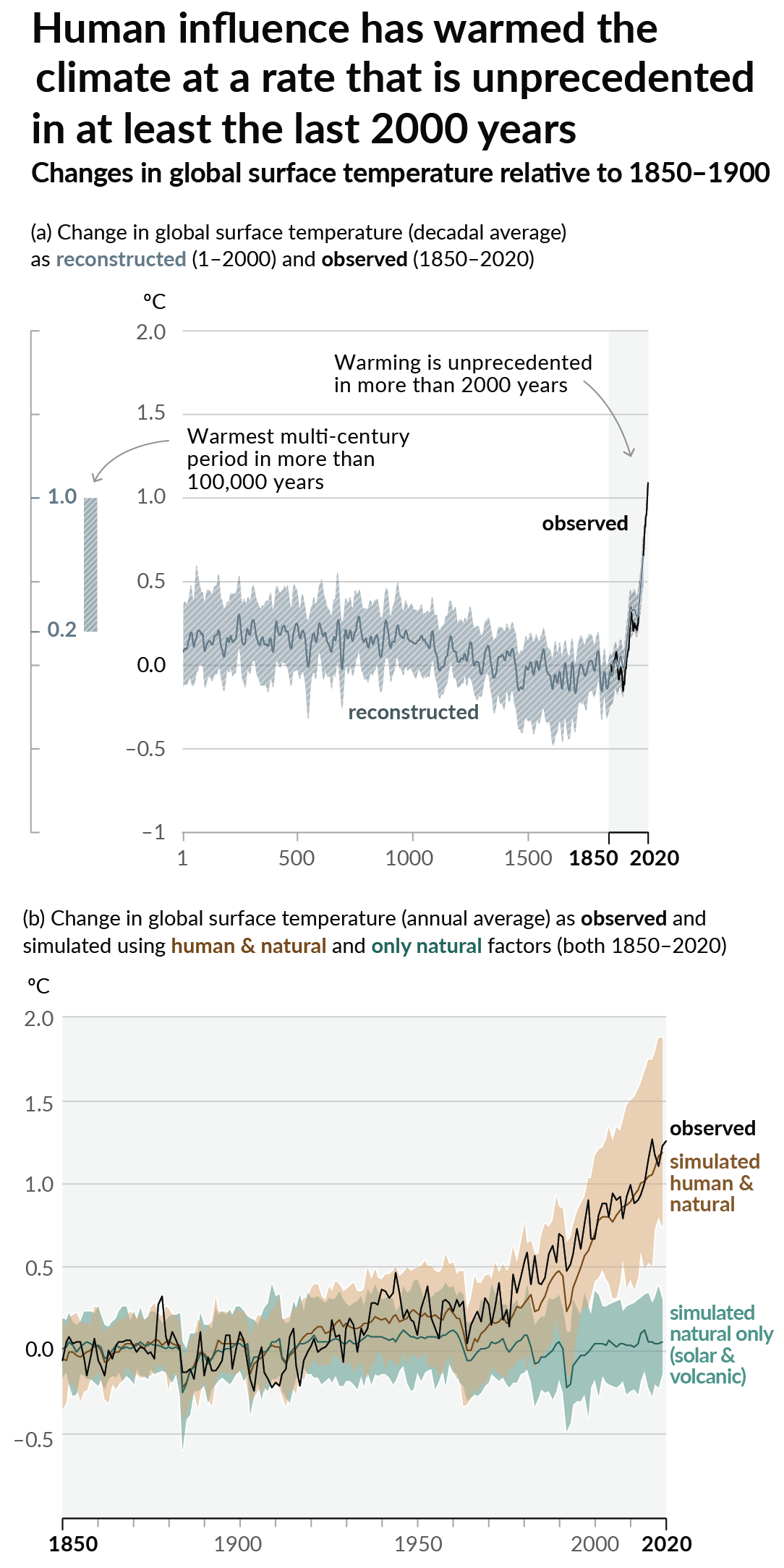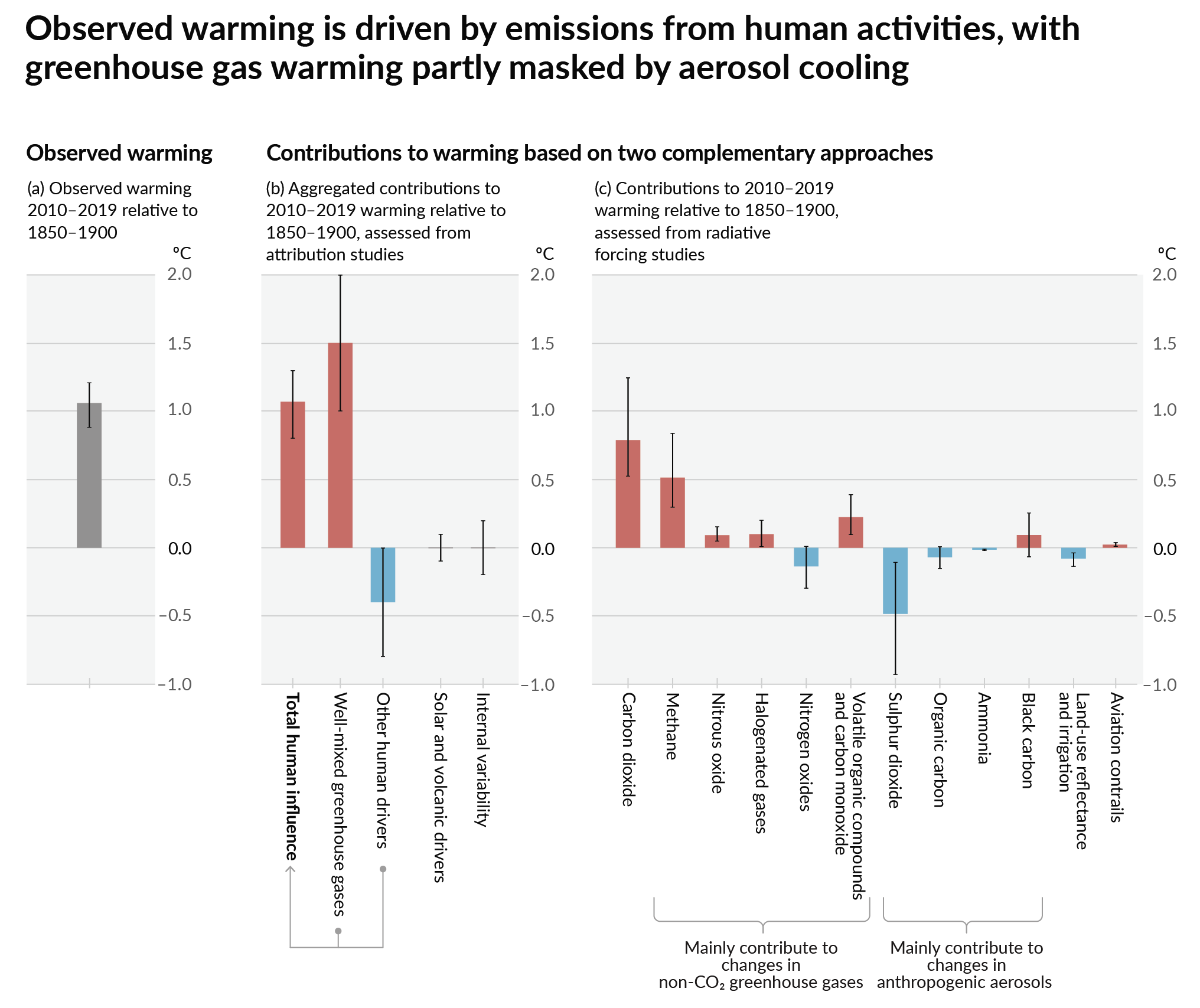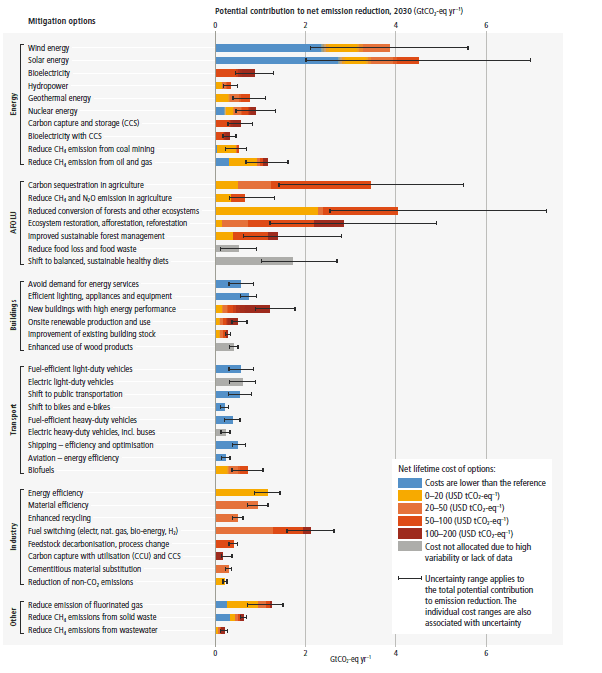this post was submitted on 21 Feb 2025
14 points (93.8% liked)
Climate - truthful information about climate, related activism and politics.
5818 readers
687 users here now
Discussion of climate, how it is changing, activism around that, the politics, and the energy systems change we need in order to stabilize things.
As a starting point, the burning of fossil fuels, and to a lesser extent deforestation and release of methane are responsible for the warming in recent decades:

How much each change to the atmosphere has warmed the world:

Recommended actions to cut greenhouse gas emissions in the near future:

Anti-science, inactivism, and unsupported conspiracy theories are not ok here.
founded 2 years ago
MODERATORS
you are viewing a single comment's thread
view the rest of the comments
view the rest of the comments
Yes, they make a big PR thing about the fact that waste oils are incorporated into the final product. But at the end of the day, those are in quite limited supply. Any meaningful increase in the use of food-type oils for fuel results in their being removed from the food supply. There's a fairly extensive government report documenting this from last year
First, that is a great link. I don't follow biodiesel efforts very closely and always appreciate the data from a real world execution perspective.
That said, while the article contains a number of criticisms you're pointing out, the article is mostly focused on biodiesel and not necessarily SAF, and even less applicability to California where the majority of North American SAF is produced. The article even called this out with the distinction that biofuels (SAF in this case) from virgin feedstocks doesn't qualify for the Low Carbon Fuel Standards (LCFS) laws in California that make SAF economically viable. Meaning there is far lower incentive to try to produce SAF from virgin feedstocks, which I believe is your primary criticism of SAF.
"Additionally, the Producer’s Tax Credit, coupled with the California LCFS, will heighten the demand for lower carbon-intensity feedstocks like tallow, UCO, and corn oil. Under the LCFS, west-coast market demand is stronger for feedstocks that provide greater carbon-emission reductions than virgin vegetable oils like canola and soybean oil. These policies will continue to pull available global feedstocks into the California renewable diesel market, and boost U.S. import demand for feedstocks that make lower carbon-intensity biofuels that generate additional credits in the California market."
from your provided source
The other point your article highlighted was the bottleneck to using less virgin sources was the need to increase the non-virgin sources of feedstocks. As in, the market is demanding more biofuel from non-virgin feedstock than can supplied. This is important as it goes back to the work identifying and introducing further non-virgin feedstocks that I linked in my other post on this topic here.
It doesn't really matter whether you're producing biodiesel or SAF; it's a slightly different length of carbon chain coming out of the refinery. The same problem of competing with food is there because that's where you're sourcing carbon and hydrogen from.
There really aren't other huge non-virgin feedstocks to bring in at this point; what's left is largely doing things like intentionally contaminating palm oil to make it look like a waste product.
The difference isn't the slight variation in chemical structure of the molecule between the two products, its the drastic difference in the applicable use case of the resulting product, and the economic incentives to produce one vs the other. These are what make the SAF and biodiesel gigantically different product with hugely different economic, climate and geopolitical implications.
No amount of B5, B20 or B100 grades of biodiesel are going to enable carbon neutral air travel where SAF can. However, alternate fuels or methods of ground transportation can offset or replace diesel or biodiesel. With today's technology only a number of small electric prop planes (certainly no commercial jets) can operate with anything close to carbon neutrality without SAF. Commercial aviation is a reality in our world and we can choose to find carbon neutral alternatives or embrace its carbon rich nature and try to make drastic carbon cuts elsewhere. I believe the latter is much less likely than the former. Alternatively we can simply turn a blind eye to our climate and reap the consequences. I'm not ready to throw in the towel and embrace that yet.
Even if a portion of input feedstocks that go into producing SAF today are food or competing with food, how are you holding the position that municipal waste, used cooking oil, and agricultural waste are sources of food? I've posted sources that show the alternates available and possibly upcoming that would enable more non-virgin SAF. Are you holding the position that humanity will simply never achieve anything except fossil based fuel for aviation or something else I haven't understood of your position yet?
Further yet, what is the connection you're making a food supply with regard to hydrogen? Are you referring to fertilizer?
Yes, they're different products, but their chemical similarity means they have the same constraints on sustainable production. There is a single limit on how much of the two can be produced in total without causing significant environmental damage.
At the extremes one is, as far as our technology allows, irreplaceable as a carbon neutral fuel. That being SAF. The other other viable alternatives even today. Why are you presenting a scenario where both would be needed to be created in equal measures?
So what if they can both come from the same feedstocks? There will be a day we likely don't need diesel in any capacity. We'll need SAF long before that. Why would we divert the valuable carbon neutral feedstocks to something like biodiesel if our goal is carbon neutrality for both?